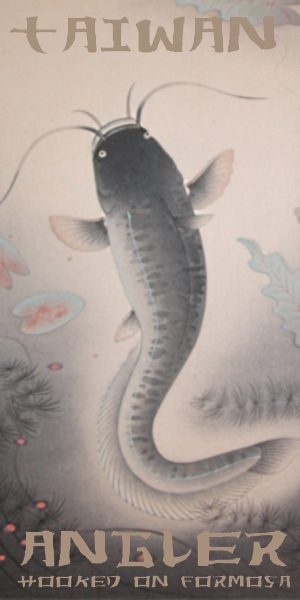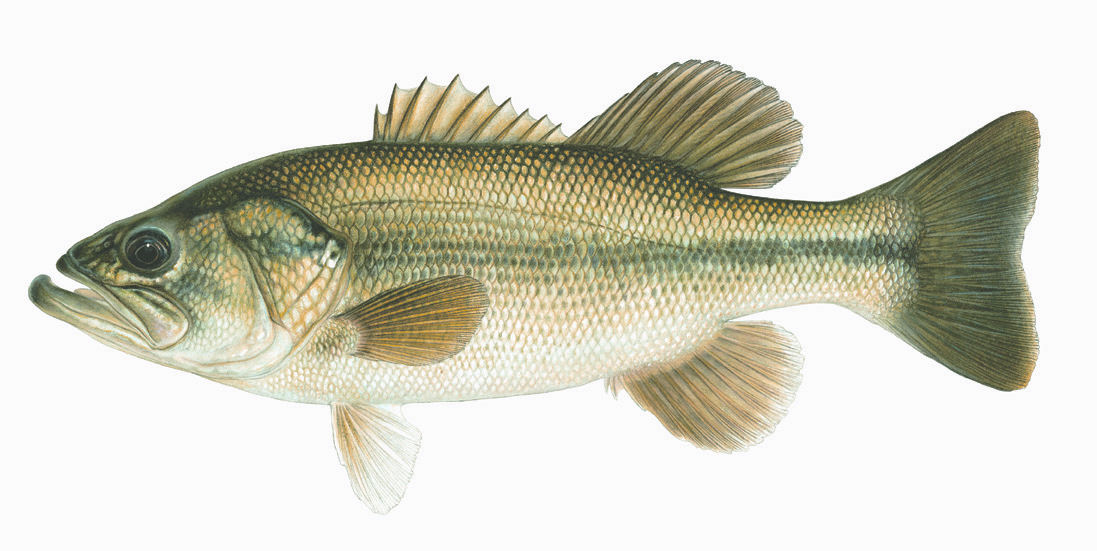Mid-Autumn Toman
 Friday, September 27, 2013 at 11:40AM
Friday, September 27, 2013 at 11:40AM I was recently reminded that it has been a while since I put up a new post. There are a few reasons/excuses for the lack of activity, but I won’t waste reader’s time detailing them here. The important fact is that I will be rectifying this situation with more posts in the near future. I am also happy to post photos and fishing reports from any reader’s fishing experiences here in Taiwan and will try to get them up in a timely fashion.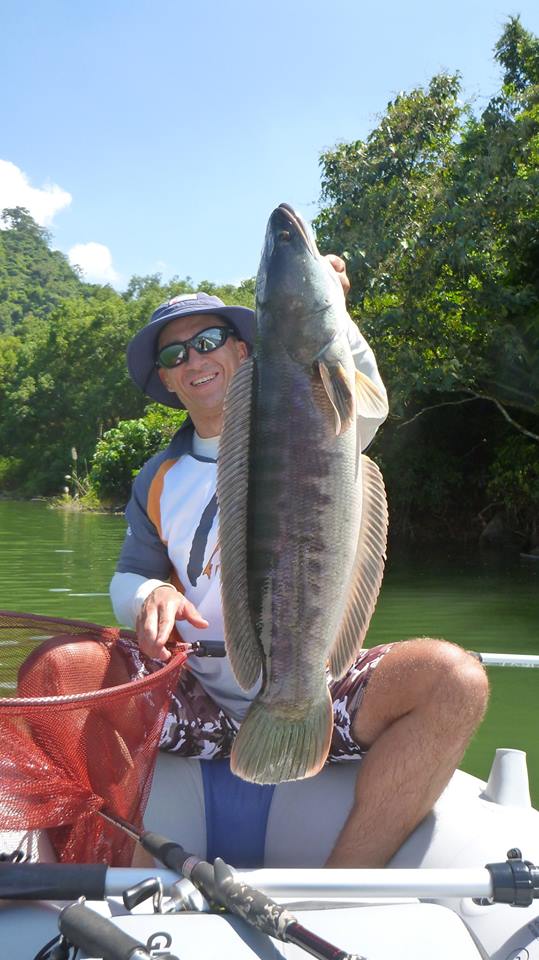 Duane's catch of the day, a 2.5 kg toman.
Duane's catch of the day, a 2.5 kg toman.
Now, on to the interesting stuff. During the recent Mid-Autumn Festival holiday weekend, I was able to escape the intermittent rain showers of northern Taiwan and head for parts south and a little toman fishing. Toman, or giant snakehead, is a species I have wanted to pursue for a while. Unfortunately, its local range is limited to the lakes and reservoirs of southern Taiwan. Unlike other species of snakehead found on the island, they are not native, but were imported here decades ago from Southeast Asia.
While several reservoirs in Chiayi and Tainin counties hold these big predators, their popularity as one of Asia’s top freshwater lure fishing targets has brought increased pressure on local populations. For good reason, anglers guard the location of their favorite spots. Our destination was no different, and I agreed to keep its identity a secret.
Hoping to outrun the approach of Typhoon Usagi, which was due to make landfall sometime Friday, or window of opportunity was limited to Thursday, the first day of the long holiday weekend. That meant getting on the road by 12 a.m. Thursday, driving three and a half hours to our rendezvous point in Tainan County, meeting up with our friend and local toman expert, Duane, and getting on the water by daybreak. No problem.
Everything went more or less as planned. A pair of two-man inflatable rafts would get us to the prime fishing holes. Boats inflated and gear onboard, the four of us split into two pairs and headed out. Austin and I in one boat followed the shoreline from our launching point, while the second boat with Duane and GK struck out for the far side of the lake.
As mentioned in other posts, toman enjoy hiding in heavy cover and feed on a variety of forage found along the shoreline, including other fish and amphibians. Rods and lines need to be on the heavy side to winch lures through thick weeds and submerged brush. A particularly wet summer had raised local lakes, including this one, to capacity. Usually high water levels are ideal because they offer toman plenty of shady spots to ambush prey near the surface. When water levels drop and expose bare shoreline, toman head for the security of deeper water where they feel less vulnerable.
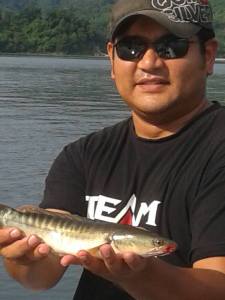 Even the little ones are fun to catch.On this particular weekend we faced too much of a good thing. Levels were so high as to submerge shoreline buildings, gatehouses and lampposts. Fields of brambles and brush poked out of the water providing plenty of cover, but also making it difficult to locate the larger fish.
Even the little ones are fun to catch.On this particular weekend we faced too much of a good thing. Levels were so high as to submerge shoreline buildings, gatehouses and lampposts. Fields of brambles and brush poked out of the water providing plenty of cover, but also making it difficult to locate the larger fish.
Or first action came early in the morning in one such area of submerged grass. Dragging soft plastic Stanley Ribbit frogs through a tangled maze of flooded thickets, Austin and I began getting repeated strikes from juvenile tomans. Unlike other species that might strike at the head of a bait, toman seem to try to incapacitate their targets by ripping at the trailing legs. Consequently, hook sets can be tricky and missed strikes are common, as are ruined baits after a couple of bites from a hungry snakehead.
Our patience was eventually rewarded with a double hookup and the landing of two small toman. That would be the end of catching for us this day. As the sun rose, the action began to shut down. We saw a few large toman rise in a couple of places to feed or gulp air, but fewer strikes.
Duane and GK were not fairing much better until shortly after our two boats met up again around noon, just before making the long paddle back to our launch point. Duane hooked into nice 2.5 kg. toman on a custom wood popper, which he netted after a short tussle. A bit later he would land a good-sized haruan (stripped snakehead) which are also plentiful in his reservoir.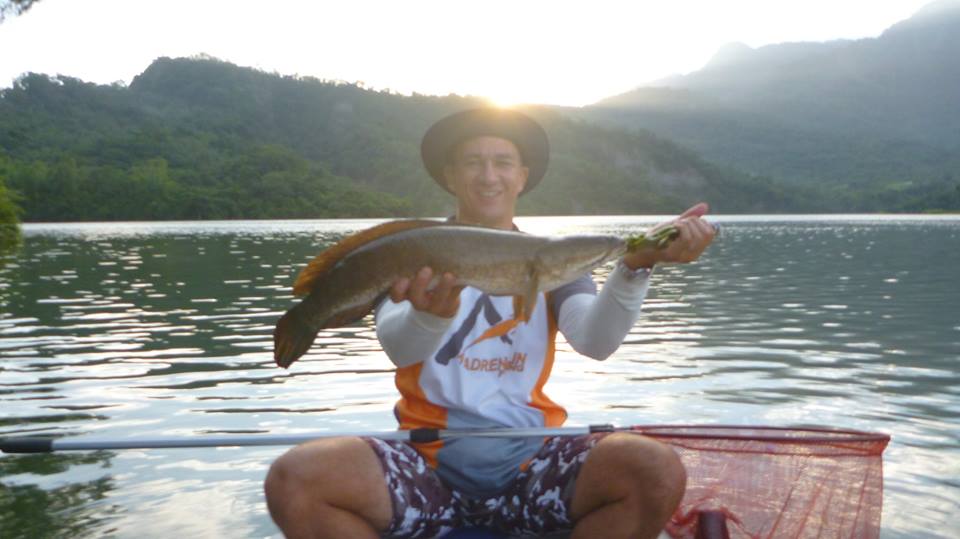 Another species: a fine haruan (striped snakehead).
Another species: a fine haruan (striped snakehead).
In the end it wasn’t exactly the explosive action this particular location is known for. On good days it can produce endless action and fish pushing the 5 kg. mark and beyond, which is all the more reason to plan a return.
 Chris Jackson |
Chris Jackson |  Post a Comment |
Post a Comment |  19 References | | tagged
19 References | | tagged  giant snakehead,
giant snakehead,  lake fishing,
lake fishing,  llure fishing,
llure fishing,  snakehead,
snakehead,  toman in
toman in  Fishing Report
Fishing Report 






